Iran’s Top Museums You Shouldn’t Miss
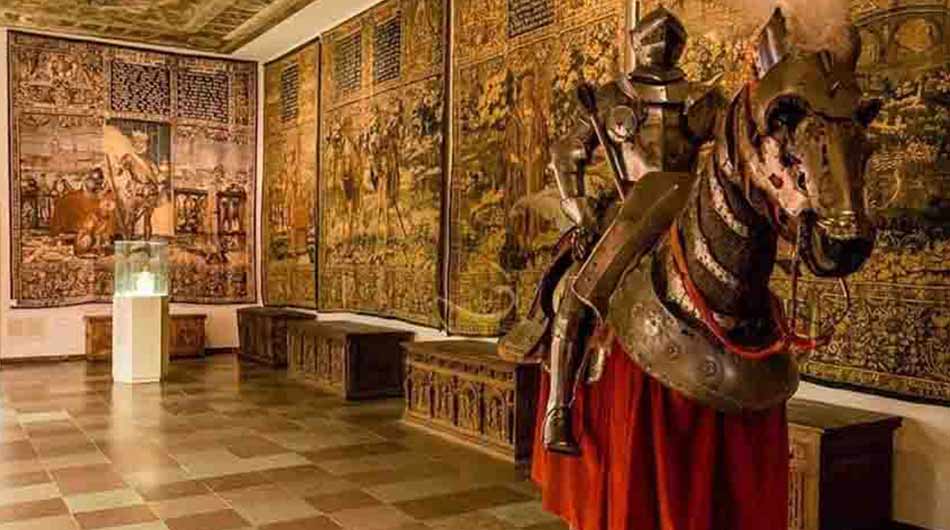
1. The National Museum of Iran
Located in Tehran, the National Museum of Iran is the country’s oldest and largest museum. Established in 1937, it houses an extensive collection of artifacts spanning from prehistoric times to the Islamic era. The museum is divided into several sections, with the most notable being the Archaeological Museum, which showcases ancient Persian relics, pottery, and sculptures. Visitors can marvel at the intricate designs of Achaemenid pottery and the exquisite craftsmanship of Sassanian metalwork.
One of the museum’s highlights is the 2,500-year-old Cyrus Cylinder, a clay cylinder inscribed in Akkadian cuneiform, which is considered the first declaration of human rights. The National Museum serves as a window into Iran’s rich history, making it an essential stop for anyone interested in understanding the foundations of Persian civilization.
 2. The Golestan Palace
2. The Golestan Palace
A UNESCO World Heritage site, the Golestan Palace is a magnificent complex in Tehran that reflects the opulence of the Qajar dynasty. Originally built in the 16th century, the palace underwent numerous renovations, resulting in a stunning blend of Persian architecture and European influences. The palace complex is home to several museums, including the Museum of Decorative Arts and the Museum of Ethnography.
Visitors can explore the lavish rooms adorned with mirrors, intricate tile work, and beautiful gardens. The stunning Takht-e Marmar (Marble Throne) and the exquisite Golestan Hall are particularly noteworthy. The Golestan Palace not only showcases the grandeur of royal life but also offers a unique insight into the artistic and cultural developments of Iran during the Qajar era.
 3. The Reza Abbasi Museum
3. The Reza Abbasi Museum
Dedicated to Persian art, the Reza Abbasi Museum in Tehran is a treasure trove of Iranian heritage. Named after the famous Persian painter of the Safavid era, the museum focuses on artworks from the pre-Islamic and Islamic periods. Its collection includes miniatures, calligraphy, ceramics, and metalwork.
One of the museum’s standout features is its extensive collection of Persian miniature paintings, which highlight the intricate details and vibrant colors that characterize this unique art form. The museum also hosts temporary exhibitions that feature contemporary artists, ensuring a dynamic cultural experience. The Reza Abbasi Museum is a must-visit for those who appreciate the beauty of Persian art and its evolution over the centuries.
 4. The Contemporary Art Museum
4. The Contemporary Art Museum
Situated in Tehran, the Museum of Contemporary Art (MOCAT) is a pioneering institution that showcases modern and contemporary Iranian art. Opened in 1977, the museum houses an impressive collection of paintings, sculptures, and installations by both Iranian and international artists. The museum’s building itself is a work of art, designed by renowned Iranian architect Kamran Diba.
Visitors can explore the diverse range of artworks, including pieces by famous Iranian artists such as Parviz Tanavoli and Monir Farmanfarmaian. The museum also frequently hosts temporary exhibitions, film screenings, and educational programs, making it a vibrant hub for contemporary culture in Iran. MOCAT offers a unique opportunity to experience the dynamic art scene in Iran and engage with contemporary issues through artistic expression.
 5. The Niavaran Cultural Complex
5. The Niavaran Cultural Complex
Located in the northern part of Tehran, the Niavaran Cultural Complex is a beautiful estate that served as the residence of the last Shah of Iran, Mohammad Reza Pahlavi. The complex features several museums, including the Niavaran Palace Museum and the Sa’dabad Palace Complex.
The Niavaran Palace Museum houses an impressive collection of artifacts, including paintings, furniture, and personal belongings of the royal family. The museum is surrounded by lush gardens, providing a serene atmosphere for visitors. The Sa’dabad Palace Complex is also worth exploring, with its stunning architecture and beautiful surroundings.
Tags:Adventure holidays, Best time to travel to iran, best tour operator iran, Contemporary Art Museum Tehran, Cultural sites of Iran, Economy of Travel, golestan palace, Holiday in Iran, Iran Architectural, iran attractions, Iran country, Iran cultural, Iran Culture, iran destinations, Iran enriching experience, Iran sightseeing tours, iran Solo trip, iran tour, Iran tour packages, iran tourist attractions, Iran travel agency, iran travel expenses, Iran Travel Guide, Iran Travel Tips, Iranian culture, Iranian Hospitality, iranparadise, Iran’s museums, Iran’s Top Museums, must-visit Iran, National Museum of Iran, Niavaran Cultural Complex, persia tour, Reza Abbasi Museum, Surfing In Iran, Tehran museums, Top Museums, top tourist destinations, travel to iran, Traveling to Iran, travelling to iran, trip to iran, vacation packages, visit iran


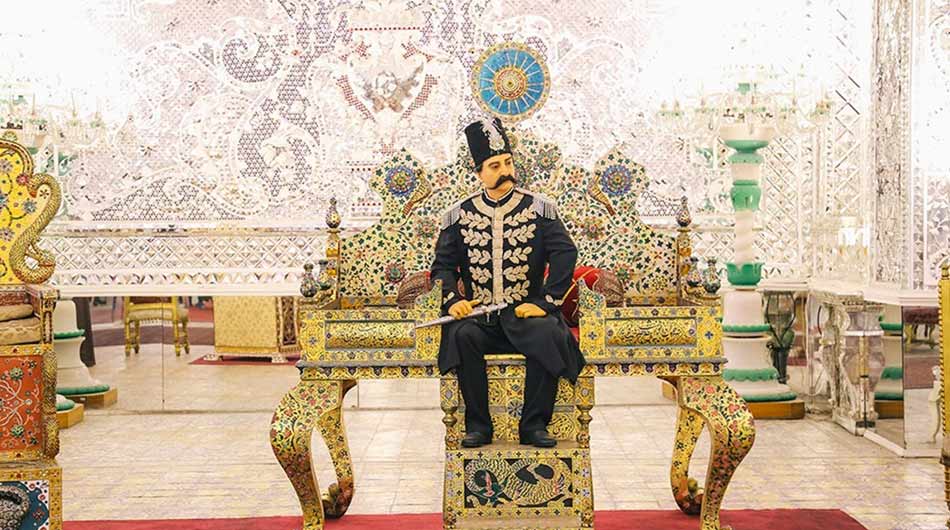 2. The Golestan Palace
2. The Golestan Palace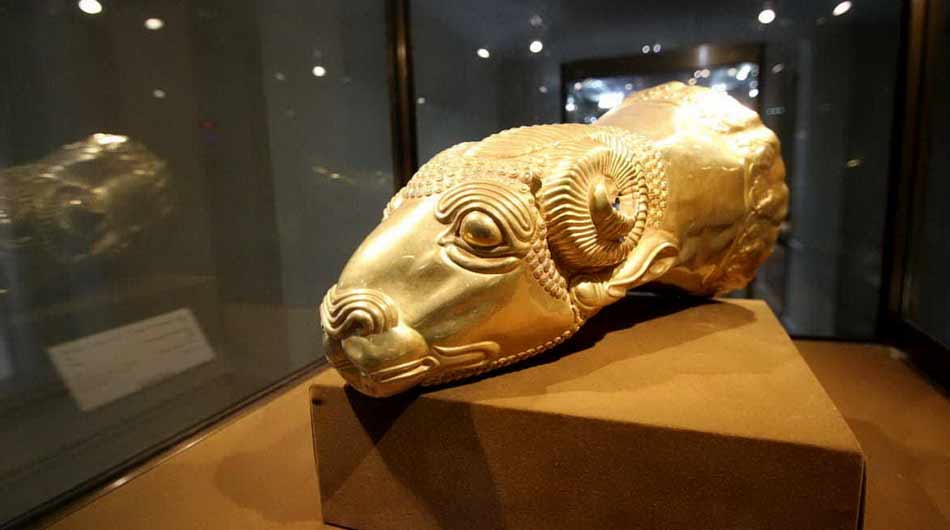 3. The Reza Abbasi Museum
3. The Reza Abbasi Museum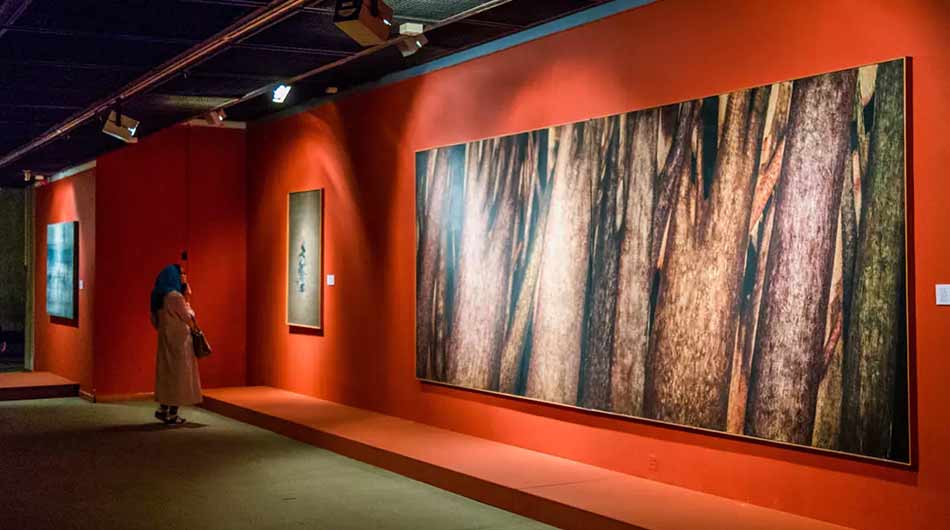 4. The Contemporary Art Museum
4. The Contemporary Art Museum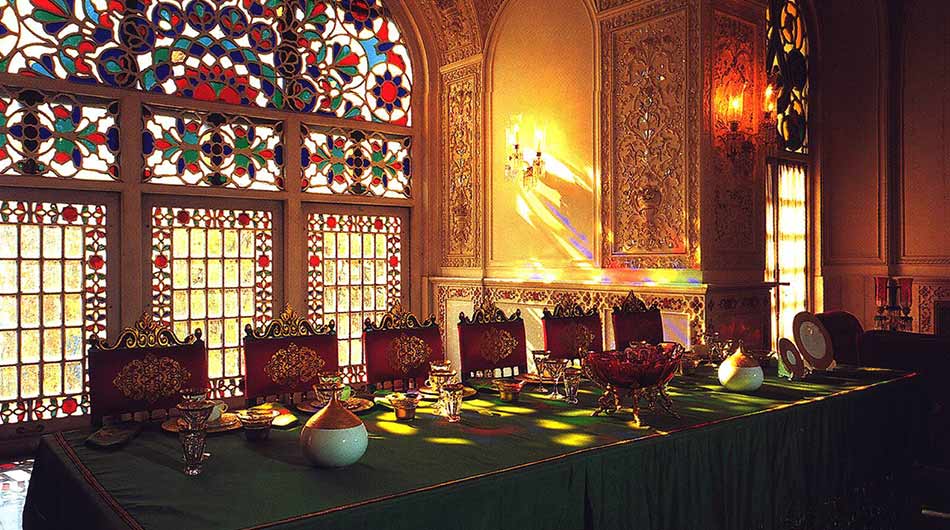 5. The Niavaran Cultural Complex
5. The Niavaran Cultural Complex